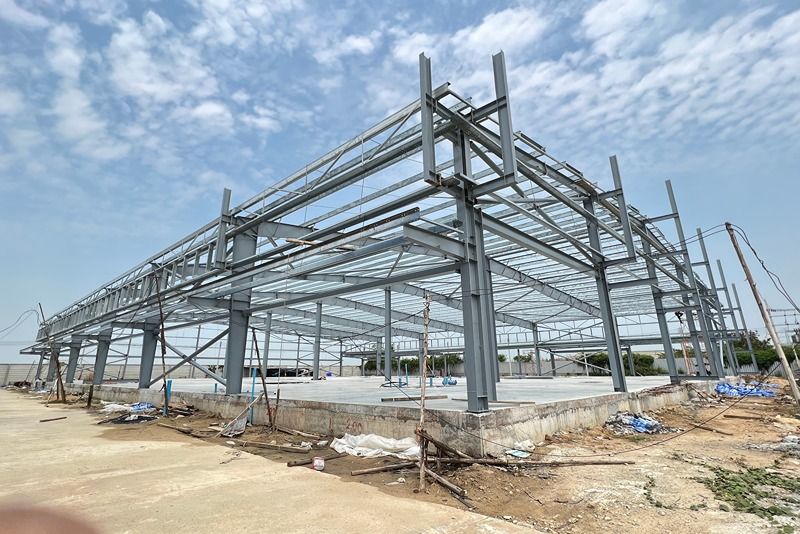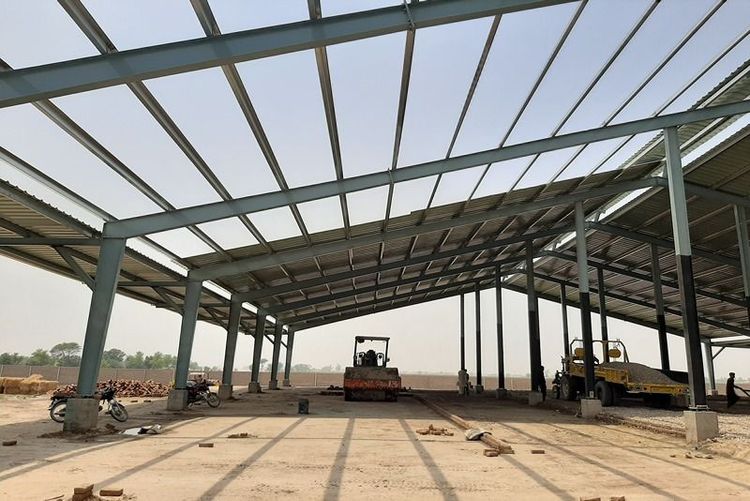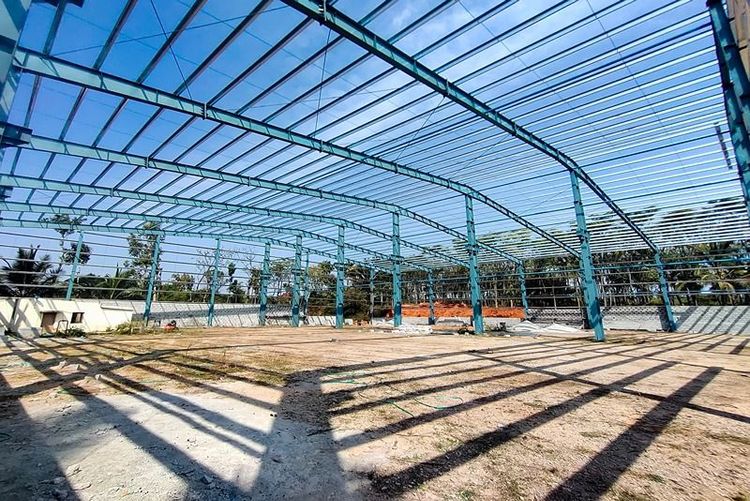Seismic-resistant construction is a critical consideration in regions prone to earthquakes. The choice of materials plays a vital role in determining the safety and durability of structures under seismic stress. Among the various construction materials available, steel stands out for its unique properties, making it particularly well-suited for seismic-resistant industrial construction. Here are the key advantages of using steel in such applications:
1. High strength-to-weight ratio
One of steel's primary advantages is its high strength-to-weight ratio. This means that steel provides significant strength without adding excessive weight to the structure. This property is crucial in seismic-resistant construction because it allows the building to withstand the forces generated by an earthquake without being overly heavy, which can increase the seismic loads on the structure.
2. Ductility and flexibility
Steel is inherently ductile, meaning it can undergo significant deformation before failure. This ductility allows steel structures to absorb and dissipate energy during an earthquake, reducing the risk of catastrophic collapse. The flexibility of steel also enables it to bend rather than break, which is a critical characteristic for buildings in seismic zones. This flexibility helps steel structures adapt to shifting ground movements during an earthquake, enhancing their resilience.
3. Ease of connection and modification
In industrial construction, connecting and modifying structural components efficiently is essential. Steel offers a high degree of adaptability due to its ease of connection through welding, bolting, or riveting. This versatility allows engineers to design structures that can accommodate changes in design or retrofitting, which is often necessary in seismic-resistant construction to meet updated safety standards. Additionally, steel structures can be quickly modified or repaired after an earthquake, minimising downtime and reducing costs.






 +91 7208055523
+91 7208055523
 Help & support
Help & support
